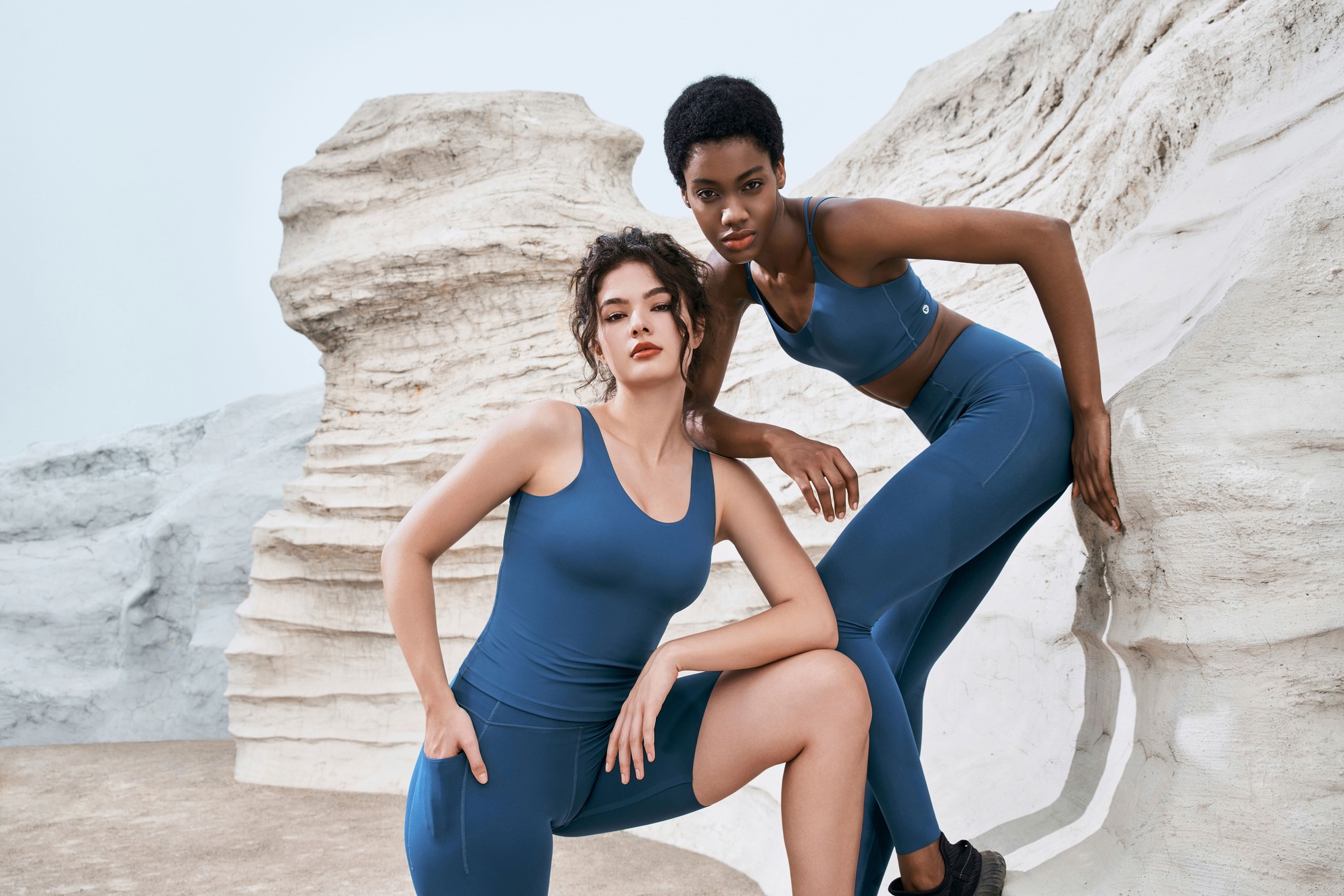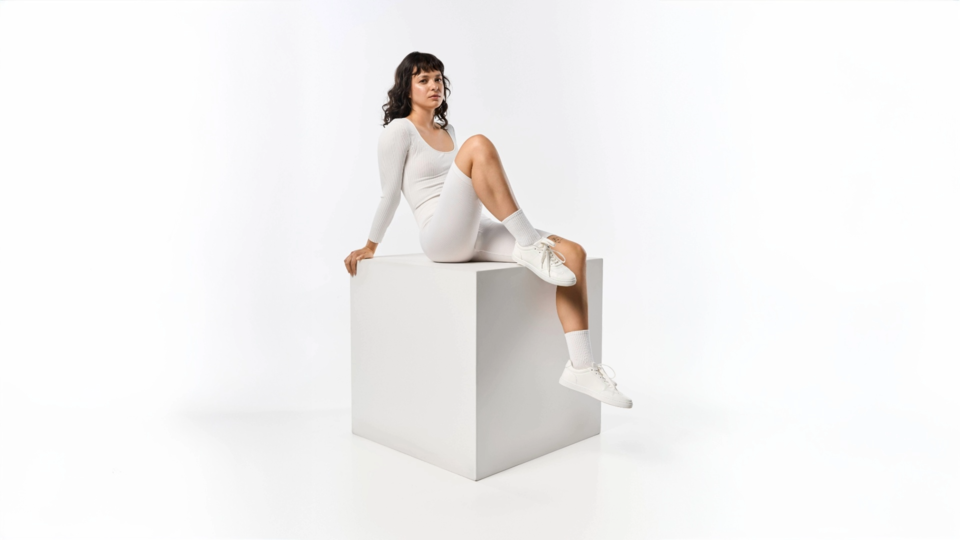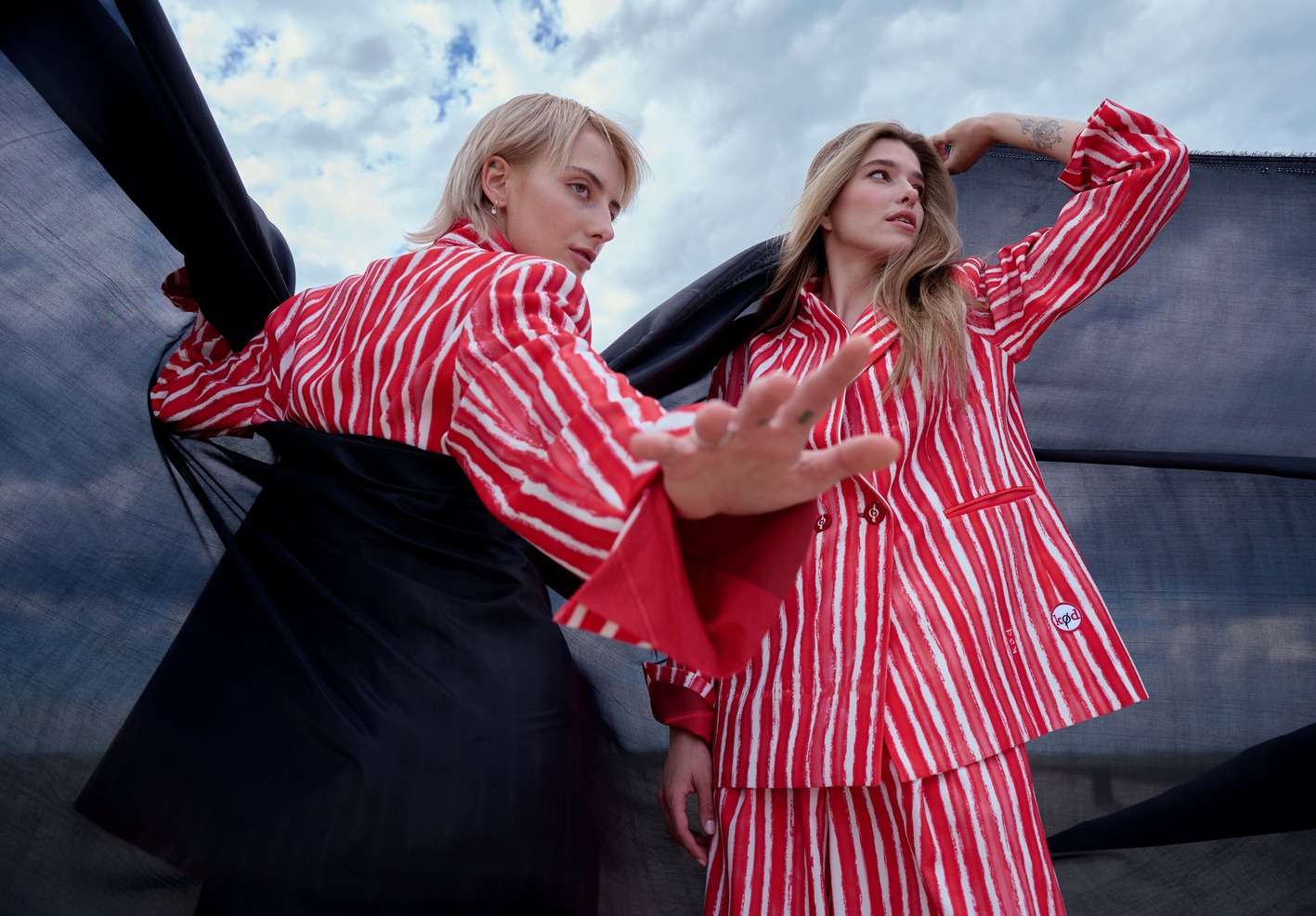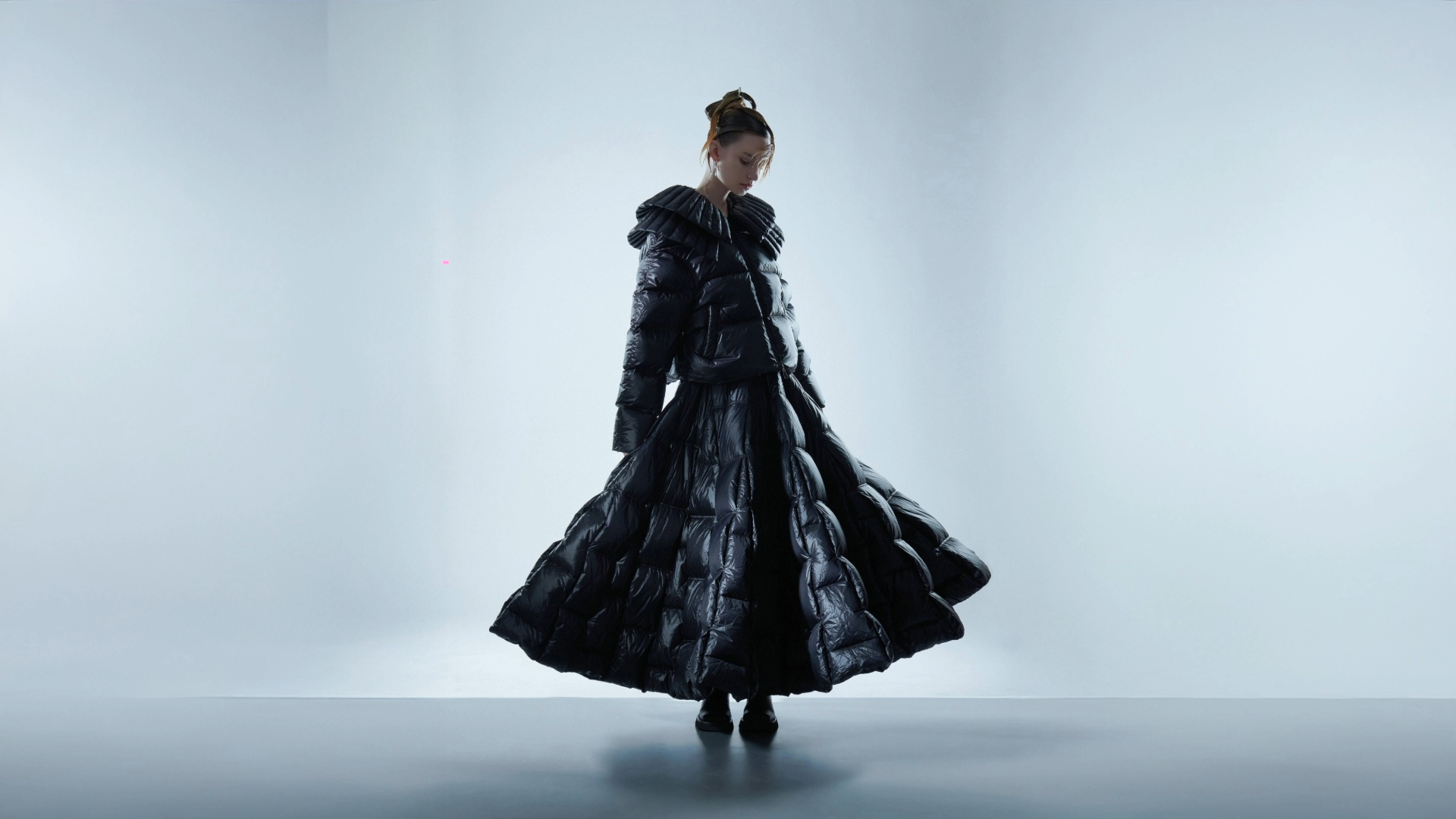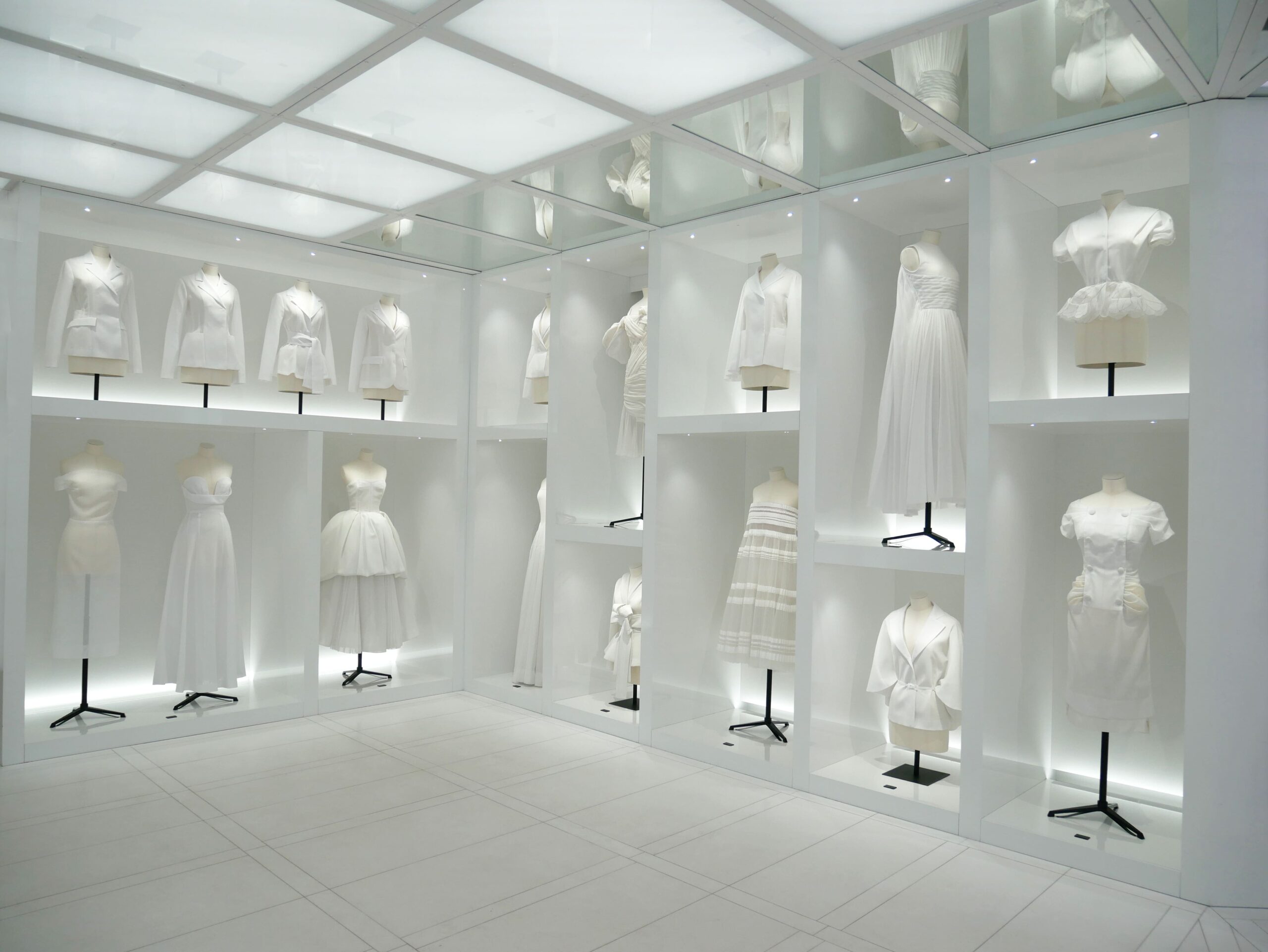April 2025
How Smart Product Recommendations Drive Sales in Fashion E-Commerce
Ester Bazzanella
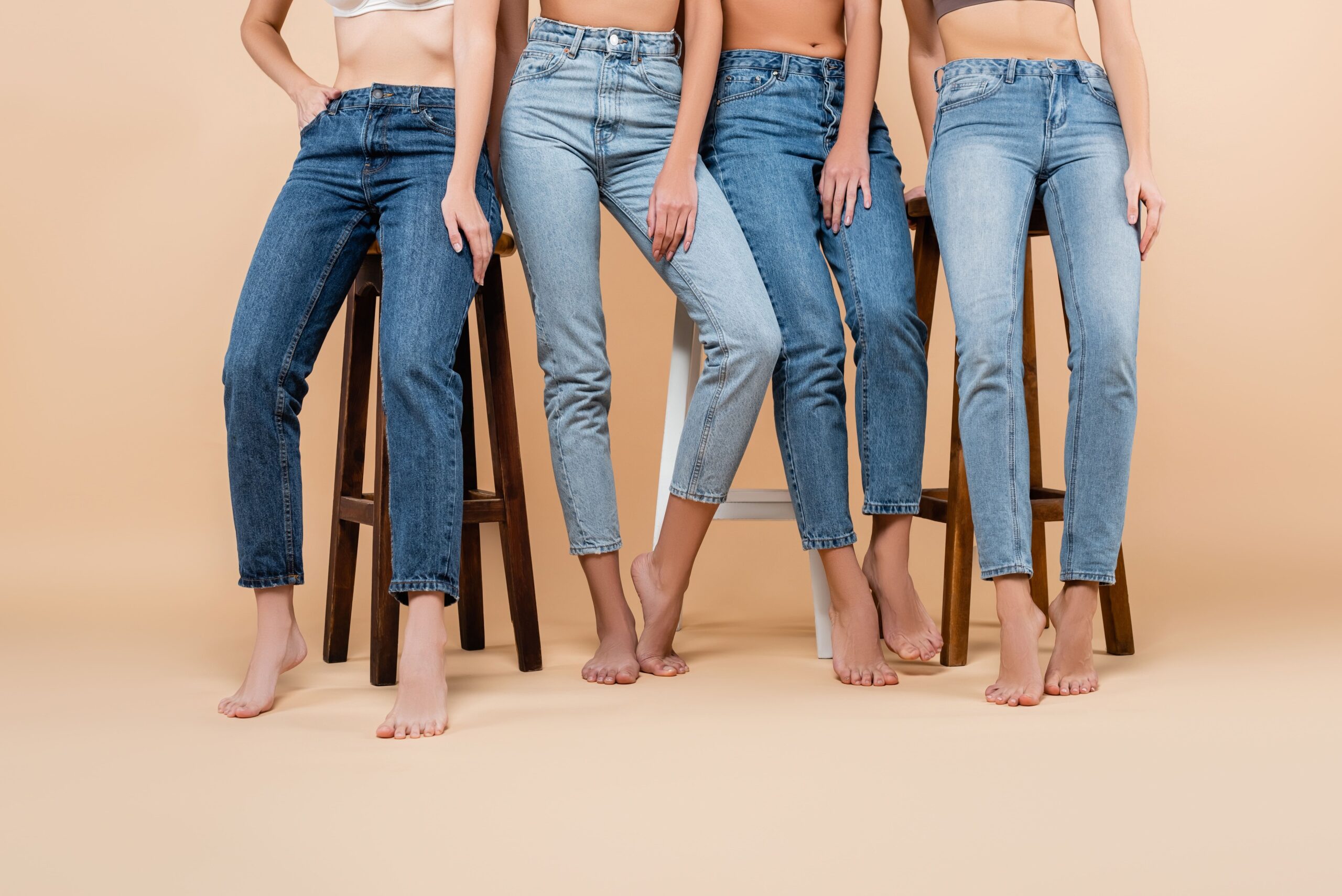
You know that moment when you’re checking out a jacket online, and just below it, the perfect pair of boots appears like magic?
That’s product recommendations doing their thing.
And in fashion e-commerce, they’re one of your best tools for boosting sales and keeping shoppers engaged.
In fact, personalized product recommendations account for up to 31% e-commerce revenues and increase conversion rates by over 70% when done right. Those are big numbers for your bottom line!
But the catch is that product recommendations need to be personalized. “You might also like” needs to heavily take into consideration who the “you” is.
In this post, we’ll break down what makes product recommendations actually work in fashion e-commerce, the different types you can use, and how layering in data like size and fit preference takes personalization to a whole new level.
What are product recommendations and why do they work?
At their core, product recommendations are exactly what they sound like: suggestions for other items a shopper might want to check out. Maybe it’s a pair of sneakers that go with the shorts in a shopper’s cart, or a list of similar styles to the blouse they’re browsing.
These little nudges help guide shoppers through your catalog, and if they’re done well, they feel less like upselling and more like a curated shopping experience.
And they work. Really well.
Here’s why they’re so effective:
- They reduce decision fatigue. Shoppers don’t have to dig through your entire catalog to find what they like.
- They increase perceived value. A well-placed “complete the look” suggestion turns one item into a full outfit.
- They build trust. When a store seems to “get” a shopper’s style or size, it keeps them coming back.
For fashion e-commerce, this isn’t just about showing more products—. Rather, t’s about showing the right products at the right time.
Types of Product Recommendation Strategies in Fashion E-Commerce
There’s more than one way to recommend a product. The strategy you use (and where you place it) can make all the difference. The most effective e-commerce stores don’t just pick one approach. Instead, they mix and match based on shopper behavior, product type, and where they are in their buying journey.
No matter which strategy you use, the key is relevance. Showing more options only works if those options make sense for the individual shopper.
Here are the most common (and powerful) recommendation types in fashion e-commerce:
1. Similar Items
Think: “You might also like…” or “More like this.”
These suggestions are usually based on shared attributes like style, cut, color, category. If a shopper’s browsing high-waisted wide-leg jeans, they’ll probably want to see similar silhouettes in different washes or brands. This keeps them engaged longer and helps them find the right version of what they’re already looking for.
2. Frequently Bought Together
This is the classic cross-sell strategy: “Complete the look” with a top that goes with the pants, or a belt and bag to match the dress.
In fashion e-commerce, this increases average order value, and helps shoppers visualize how to wear an item, which reduces hesitation (and often, returns).
3. Recently Viewed or Trending Products
Sometimes, shoppers just need a reminder.
Showing recently viewed items helps re-engage distracted browsers, while trending products tap into social proof.
If everyone else is buying that puffer vest or those boots, it must be worth checking out, right?
4. Complementary Products
These go beyond outfits. Think layering pieces, seasonal accessories, or even care items like leather conditioner or garment bags. Complementary suggestions show you understand how your products are used and styled. This adds value while nudging the shopper toward a more complete purchase.
5. Personalized Recommendations
Personalized recommendations use shopper data, like past purchases, size preferences, or browsing behavior, to surface products that are uniquely relevant. The more your recommendations feel tailored, the more likely the shopper is to click, buy, and come back for more.
The Business Benefits of Smart Product Recommendations
Let’s talk numbers. Because while product recommendations might feel like a UX nice-to-have, they’re actually a powerful revenue engine hiding in plain sight.
- Higher Average Order Value (AOV): Product recommendations encourage shoppers to add “just one more thing.” Whether it’s a matching bag or a jacket that completes the outfit, they add up fast.
- Increased Conversion Rates: When recommendations are personalized, shoppers are more likely to find something they love – and actually buy it.
- Better Inventory Turnover: Got a surplus of a certain style, size, or color? Smart recommendation engines can help move slow-selling items by showing them more often, especially when paired with trending or frequently viewed products.
- Improved Customer Experience: When shoppers feel like your store “gets” them, they stay longer, buy more, and trust your brand. A great recommendation strategy turns browsing into something closer to personal styling without an in-store associate needed.
- More Loyalty and Repeat Visits: Relevant recommendations lead to better purchases. Better purchases lead to fewer returns. Fewer returns mean happier customers, and happier customers are more likely to come back. In other words, recommendations don’t just impact the first sale. They shape the entire customer lifecycle.
So yes, recommendations help you sell more, but they also help you sell smarter. And when done right, they quietly make every other part of your store work better.
What to Consider When Implementing a Recommendation Engine
If you want your product recommendations to work smarter and not just harder, it starts with the data. The more your engine knows about your customers, the better it can personalize suggestions that actually make sense. Browsing behavior, purchase history, even location and size preferences all help shape a recommendation experience that feels tailored instead of random.
Next, think about the tech behind it. Some recommendation engines are rule-based. You set the logic and they follow. Others are powered by machine learning, constantly adjusting based on shopper behavior. AI-driven engines tend to deliver better results over time, but they also need clean, consistent data to do their job well.
How and where you show recommendations matters, too. Product description pages are a great place for similar or complementary items, while the cart is perfect for last-minute add-ons. You can even personalize homepages or emails with recommended styles or outfit ideas. The goal is to keep the experience relevant and curated, not overwhelming.
And don’t forget the mobile experience. Most shoppers are browsing on their phones, so your recommendation modules need to be mobile-friendly, i.e., easy to scroll, fast to load, and designed for smaller screens.
Finally, the best recommendation strategy is one you keep improving. A/B test different placements, track clicks and conversions, and keep refining the experience based on what your customers respond to. Smart recommendations aren’t one-size-fits-all, and in fashion, especially, the details matter.
Speaking of details: what if your recommendations could factor in something most engines overlook: fit? Let’s talk about how adding size and fit data takes product suggestions to the next level.
How Size and Fit Data Supercharge Recommendation Accuracy
Most recommendation engines are great at showing what looks right, but not always what fits right. And in fashion, that’s a big miss. Because a shopper might love the style of a pair of jeans, but if they know slim cuts never work for their body type, they’ll scroll right past it, or worse, buy it, try it, and return it.
That’s where size and fit data make a real difference. By factoring in individual preferences, body shapes, and fit history, your recommendation engine can go beyond surface-level suggestions. Instead of just offering “similar items,” you’re showing pieces that are more likely to match how that shopper actually wears their clothes.
It also helps reduce returns, especially the avoidable ones that happen when something runs small, fits narrow, or just doesn’t feel right. The more personalized the experience, the more confident the shopper feels hitting “add to cart.” And that confidence pays off in better conversions, fewer returns, and stronger long-term loyalty.
Better Recommendations Start with Better Understanding
At the end of the day, smart product recommendations are a way to create a better, more intuitive shopping experience. When you understand your customers’ preferences, their style, their fit, and even how they like to browse, you can help people find what actually works for them.
And that’s what keeps them coming back.
So whether you’re just starting to explore recommendation engines or looking to level up your strategy, remember: relevance is everything. The more personal, easy-to-use, and size-savvy your suggestions are, the more your fashion e-commerce store becomes a place shoppers trust, not just to buy, but to find their style.
Because in a crowded market, personalization is your secret weapon.

